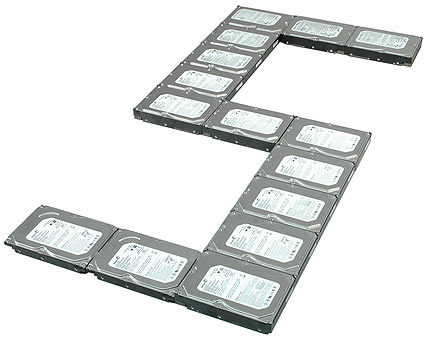Understanding Hard Drive Performance
A Guide To Hard Drive Selection
If you compare hard drive developments with the advances in graphics or CPUs you will notice one thing: there are few must-haves and really no "big bangs". Hard drives seem to be boring, but that's only at first glance. In fact, there has been considerable progress, as storage densities and performance have increased continuously; there just isn't an obvious way to take notice of it except for the increasing capacities. Even experts sometimes can't tell two similar drives apart if not for their product label, but performance may vary quite a bit. Even if you compare drives with supposedly similar technical specifications, let's say hard drives within a model family, there are measurable differences.
I intentionally wrote "measurable" differences, because there is no way anyone can tell a Hitachi drive from a Western Digital drive when they are powering comparable systems (assuming that current products are used). Noticeable differences exist between a 10,000 RPM Western Digital Raptor and a 7,200 RPM drive, or between a RAID 0 setup and a single hard drive, but not within the gazillions of 7,200 RPM mainstream drives, where variations are just nuances. Still, there are differences, as there are multiple capacity points, varying cache sizes and Serial ATA or UltraATA versions available from all hard drive makers.
This article will give you an overview of all parameters that are relevant to hard drive performance. These are the drive form factor, platter diameter and platter count, recording technology and data density, rotation speed and access time, interface and buffer memory. We then have a look at Seagate's Barracuda 7200.10 hard drive family, comparing technically similar hard drives with different capacity points, cache sizes and interfaces (Serial ATA vs. UltraATA). You might be surprised to learn that the largest model isn't necessarily the fastest, and 16 MB drive cache doesn't seem to help much.
Join our discussion on this topic
Get Tom's Hardware's best news and in-depth reviews, straight to your inbox.

Patrick Schmid was the editor-in-chief for Tom's Hardware from 2005 to 2006. He wrote numerous articles on a wide range of hardware topics, including storage, CPUs, and system builds.
